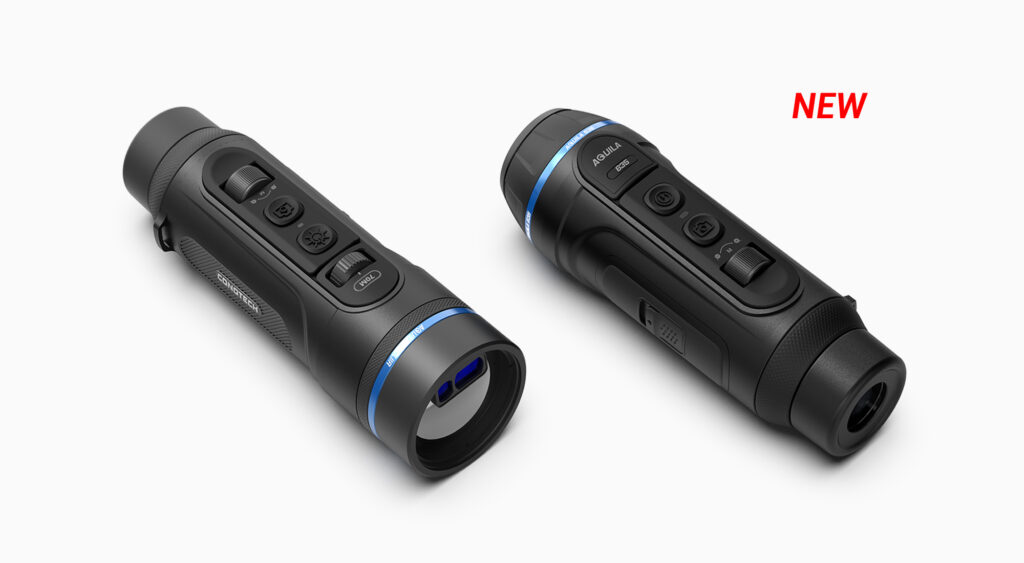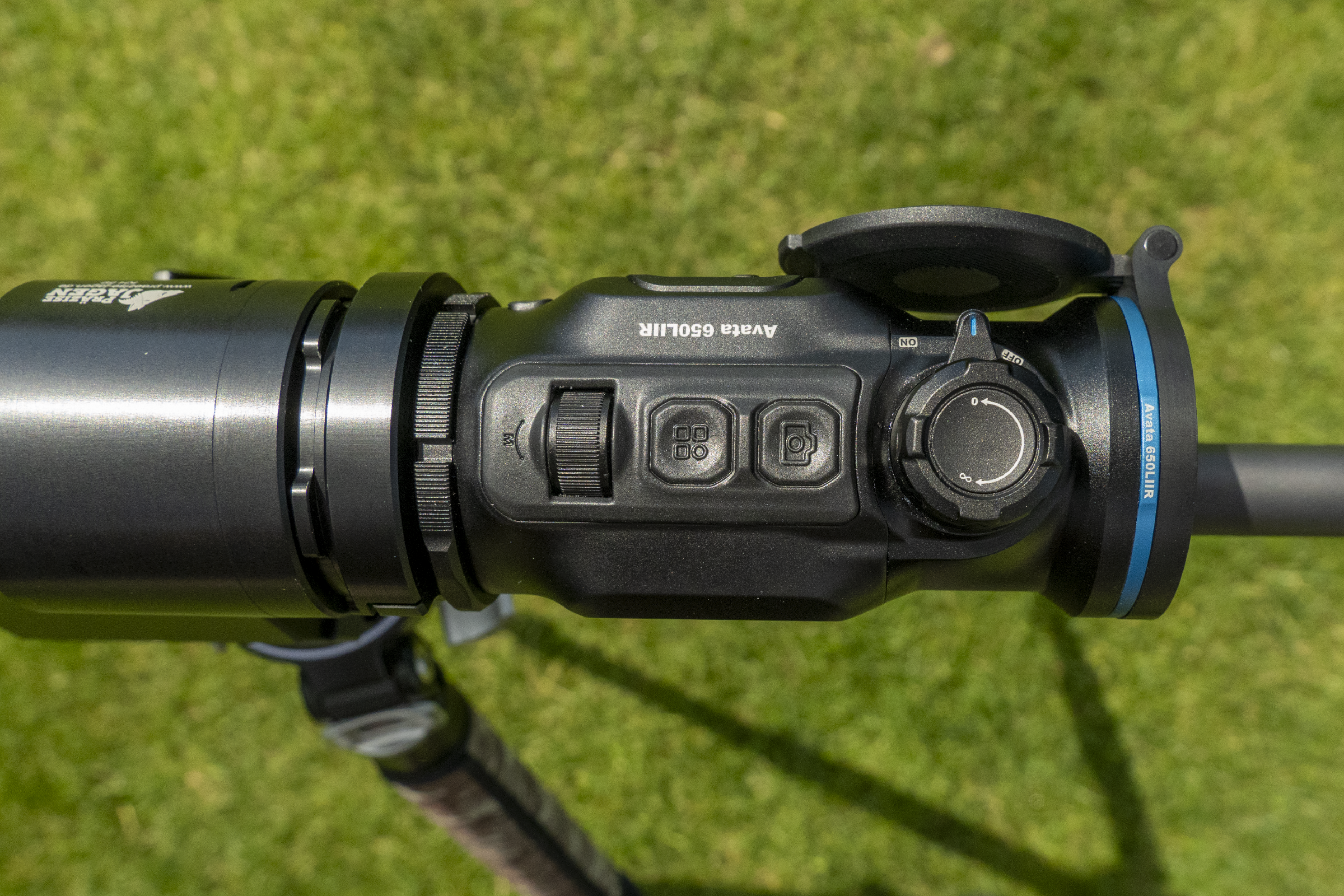In the ever-evolving world of infrared technology and laser rangefinding, a groundbreaking innovation has emerged, poised to set new standards for precision and design. This innovation is known as LIIR, which stands for Laser Rangefinder in Infrared, an exclusive patented technology by CONOTECH. This article delves into the intricacies of LIIR, exploring its background, purpose, benefits, and the broader impact it holds for the field of infrared thermal imaging and laser rangefinding.
The Genesis of LIIR Technology
LIIR: A CONOTECH Exclusive
The LIIR technology, or Laser Rangefinder in Infrared, represents a significant leap forward in the integration of laser rangefinding within infrared systems. Patented under the number 202023103202, this technology is exclusively developed and owned by CONOTECH. As the world’s first and only rangefinder integrated within a lens, LIIR marks a revolutionary step in the industry, ensuring perfect alignment of the laser and infrared axes, thereby offering unparalleled precision and reliability.

Revolutionizing Infrared Technology: The LIIR by CONOTECH
In the ever-evolving world of infrared technology and laser rangefinding, a groundbreaking innovation has emerged, poised to set new standards for precision and design. This innovation is known as LIIR, which stands for Laser Rangefinder in Infrared, an exclusive patented technology by CONOTECH. This article delves into the intricacies of LIIR, exploring its background, purpose, benefits, and the broader impact it holds for the field of infrared thermal imaging and laser rangefinding.
Background and Need for LIIR
Industry Context
The development of LIIR is rooted in the fields of infrared thermal imaging and laser rangefinding. These areas have seen considerable advancements, yet they have also faced persistent challenges, particularly in terms of integration and alignment of components.
Precision Shooting Enhancements
In the realm of infrared thermal imaging rifle scopes, the need for precision shooting has necessitated the addition of laser rangefinders. These devices help in accurately identifying target distances, allowing for appropriate ballistic adjustments and significantly enhancing shooting accuracy.
Existing Solutions and Their Limitations
Traditionally, infrared thermal imagers have used either external or internal laser rangefinders. External rangefinders, while functional, often result in bulky designs and require separate operational controls. Internal rangefinders, on the other hand, face difficulties in aligning the optical axes of the rangefinder and the scope, complicating their use.
LIIR Technology: Objectives and Innovations
Overcoming Traditional Shortcomings
The primary objective behind LIIR technology is to address and overcome the inherent shortcomings of traditional external and internal laser rangefinders. By doing so, LIIR offers a novel design and application approach for integrating laser rangefinders within infrared thermal imagers.
Seamless Integration
LIIR’s design allows the laser rangefinder to be mounted within the optical system module using a conversion bracket. This integration minimizes the inconvenience of optical axis alignment associated with built-in rangefinders and does not occupy external space on the device’s housing, thereby preserving the overall aesthetics and functionality of the scope.
Precision and Reliability
The core advantage of LIIR technology lies in its ability to ensure perfect alignment between the laser and infrared axes. This precision is crucial for reliable rangefinding and accurate target acquisition, making LIIR an invaluable tool for professionals requiring exact measurements in their operations.
Technical and Practical Benefits of LIIR
Compact and Aesthetic Design
One of the standout features of LIIR is its ability to maintain a compact and aesthetically pleasing design. Unlike external rangefinders, which often appear bulky and require separate operational buttons, LIIR integrates seamlessly into the device’s design, providing a sleek and streamlined appearance.
Simplified Optical Alignment
LIIR’s innovative installation method significantly reduces the complexity of aligning the laser and infrared optical axes. This simplification not only enhances the usability of the device but also ensures consistent and reliable performance in various operational scenarios.

The Aquila Series: A Testament to Excellence
Award-Winning Design
The Aquila series thermal monocular, another flagship product from CONOTECH, has been honored with the prestigious iF Design Award. This recognition underscores CONOTECH’s commitment to excellence in innovation and design, further cementing its reputation as a leader in the field of infrared technology.

Integration of LIIR in CONOTECH Products
LIIR technology is not only integrated into the Aquila series but also features prominently in other CONOTECH products. For instance, the Night Arrow thermal scope and various Clip-on devices also utilize LIIR technology, showcasing its versatility and broad applicability.

Broader Implications of LIIR Technology
Impact on Infrared Thermal Imaging and Laser Rangefinding
The introduction of LIIR technology by CONOTECH is poised to have a profound impact on the fields of infrared thermal imaging and laser rangefinding. By addressing the limitations of traditional rangefinders and offering a more integrated, precise, and aesthetically pleasing solution, LIIR sets a new benchmark for future developments in these areas.
Military and Law Enforcement
For military and law enforcement applications, the precision and reliability of LIIR technology can significantly enhance operational effectiveness. Accurate rangefinding is critical in these fields, and the seamless integration offered by LIIR ensures that professionals can rely on their equipment in high-stakes scenarios.
Hunting and Wildlife Observation
Hunters and wildlife observers can also benefit from LIIR technology. The ability to accurately measure distances and make precise adjustments based on rangefinding data can greatly improve the success and safety of hunting expeditions and wildlife studies.
Search and Rescue Operations
In search and rescue operations, the need for accurate distance measurement is paramount. LIIR technology can provide rescuers with the tools they need to locate and assist individuals in challenging environments, enhancing the effectiveness and efficiency of rescue missions.

Conclusion
The LIIR technology by CONOTECH represents a groundbreaking advancement in the fields of infrared thermal imaging and laser rangefinding. By addressing the limitations of traditional rangefinders and offering a more integrated, precise, and aesthetically pleasing solution, LIIR sets a new standard for future developments in these areas. The practical benefits of LIIR, combined with its potential applications in various fields, underscore its significance as a revolutionary innovation.

FAQs
What is LIIR technology?
LIIR stands for Laser Rangefinder in Infrared, a patented technology by CONOTECH that integrates a laser rangefinder within an infrared thermal imager for precise and reliable distance measurement.
How does LIIR improve precision in infrared thermal imagers?
LIIR ensures perfect alignment between the laser and infrared axes, offering superior precision and reliability in rangefinding operations.
What are the key benefits of LIIR over traditional rangefinders?
LIIR offers a compact and aesthetically pleasing design, simplified optical alignment, and seamless integration within the optical system, overcoming the limitations of traditional external and internal rangefinders.
In which products is LIIR technology used?
LIIR technology is used in CONOTECH’s products, including the Aquila series thermal monocular, Night Arrow thermal scope, and various Clip-on devices.
What are the potential applications of LIIR technology?
LIIR technology can be applied in military and law enforcement, hunting and wildlife observation, and search and rescue operations, enhancing precision and reliability in these fields.



